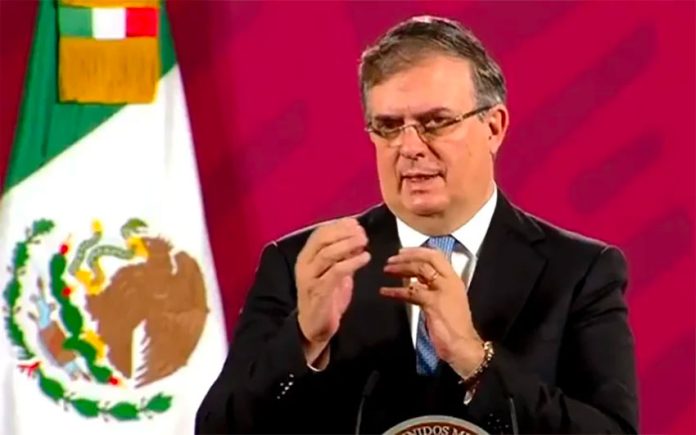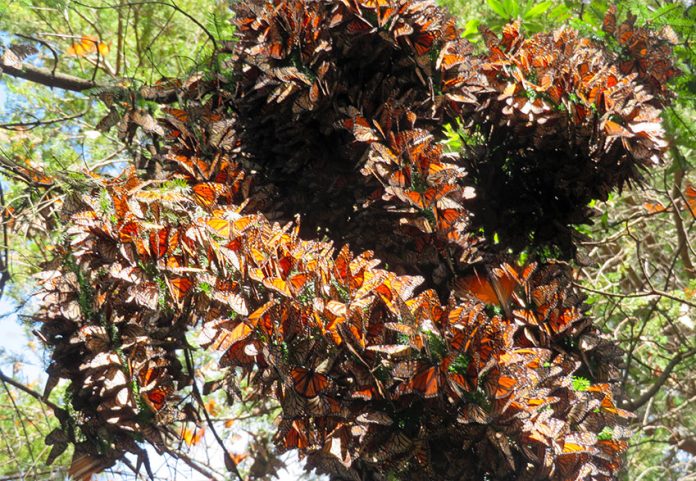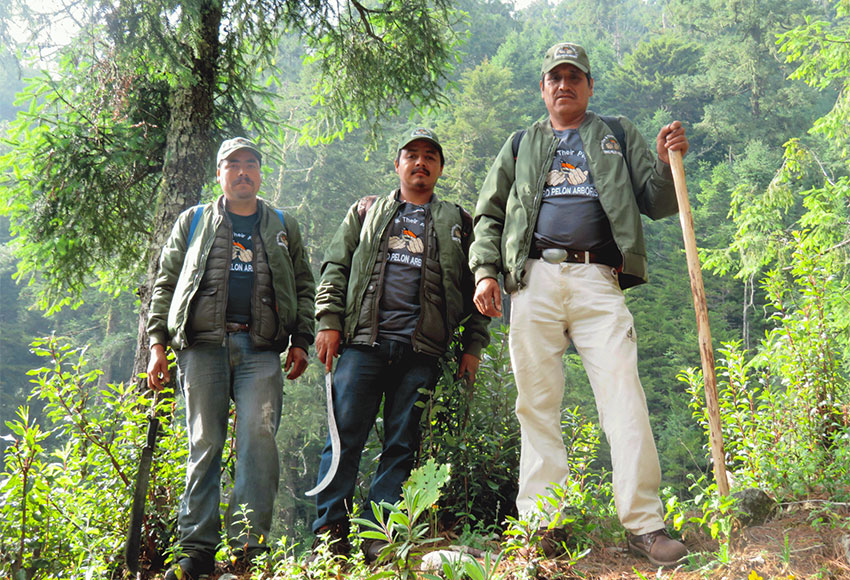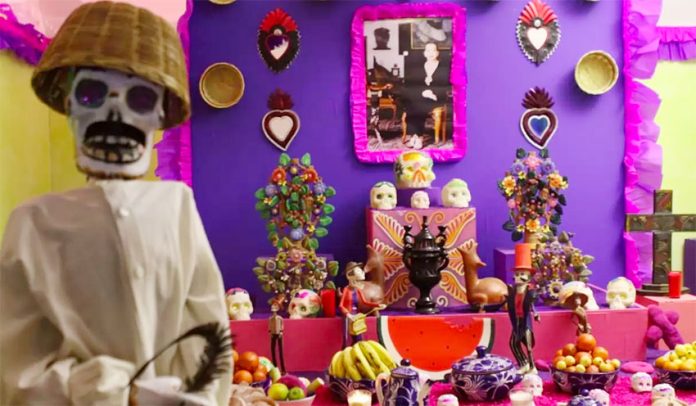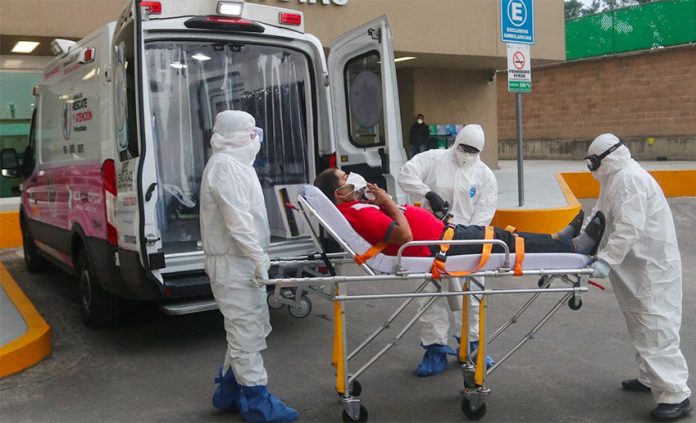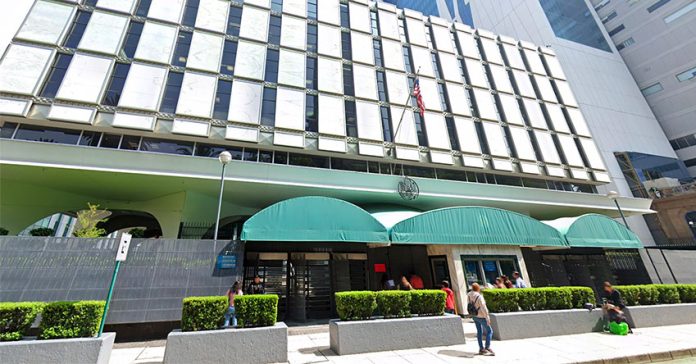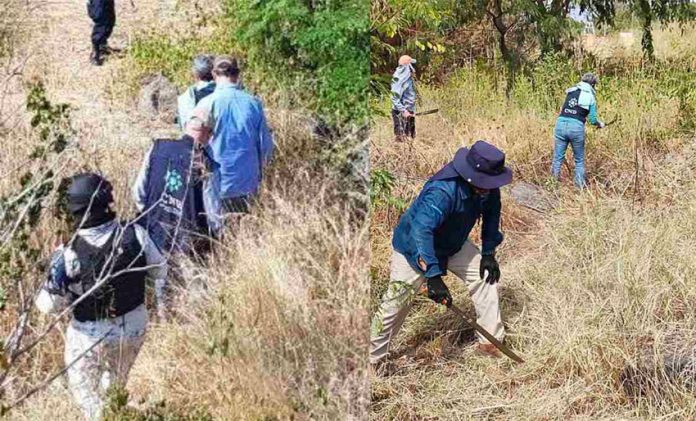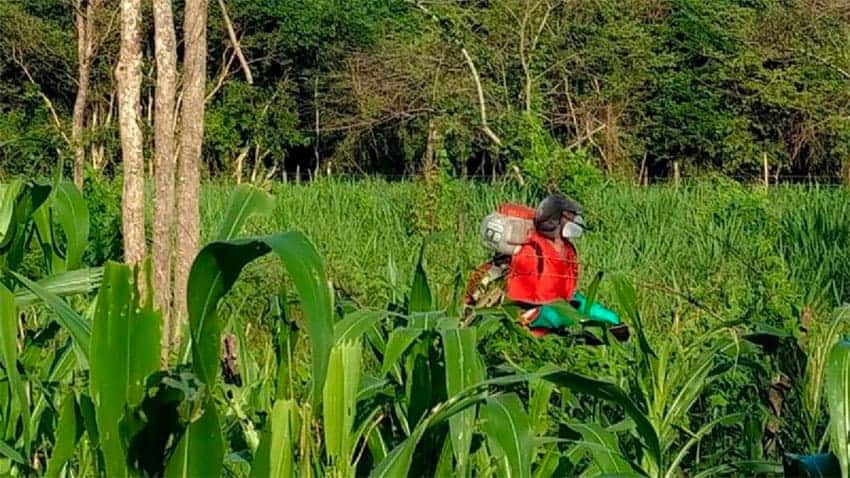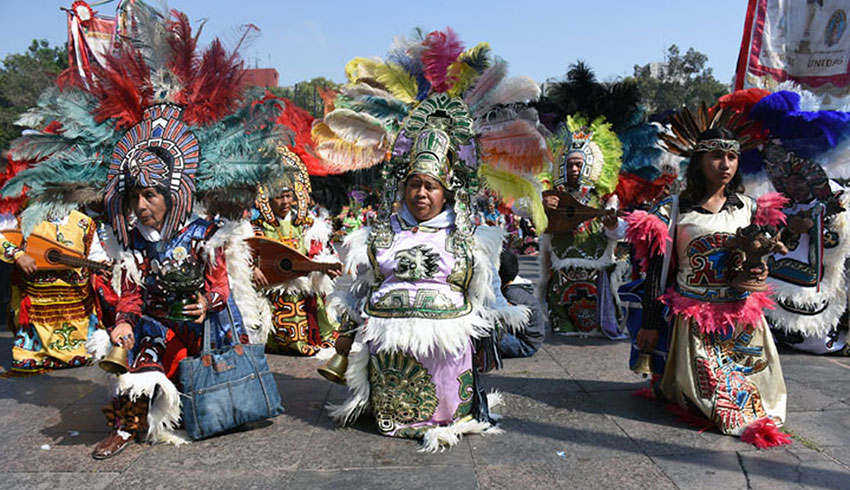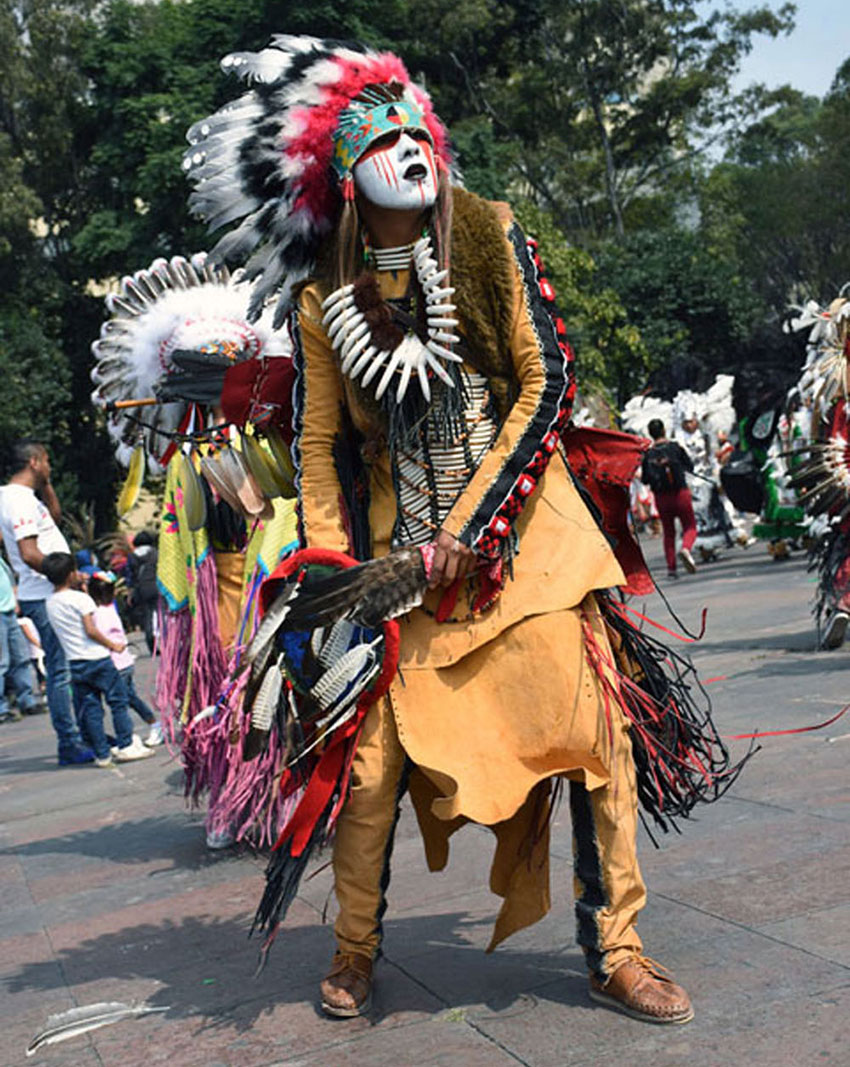Mexico has expressed its “profound discontent” to the United States over not being informed about the plan to arrest former defense minister Salvador Cienfuegos, Foreign Minister Marcelo Ebrard said Thursday.
Cienfuegos, army chief during the 2012-2018 government led by former president Enrique Peña Nieto, was arrested at Los Angeles airport October 15 on drug trafficking and money laundering charges.
“We’ve let the United States know our profound discontent that they did not share the information [about the arrest] with our country,” Ebrard told President López Obrador’s morning news conference.
The foreign minister said the federal government has informed the U.S. government of its displeasure both verbally and in writing.
López Obrador has called on the United States to provide Mexico all information about the Cienfuegos case but Ebrard said the government is still not privy to all the details.
He noted that United States Ambassador Christopher Landau told him that U.S. authorities can’t share all the information due to legal constraints.
Following a proposal that the government pay Cienfuegos’ legal fees, López Obrador said the 72-year-old former defense minister, denied bail at a hearing last week, is receiving consular assistance but stressed that the government wouldn’t fund his defense.
“When Mexicans are detained and on trial abroad, they are supported. There’s consular assistance but [government] resources aren’t used to defend any alleged perpetrator of crimes; that possibility is not being considered,” he said.
“Budget money can’t be used to pay the defense of people arrested in the United States.”
The Institutional Revolutionary Party proposed that the state pay for lawyers representing former Mexican security officials who don’t face accusations in Mexico.
Former Security Minister Genaro García Luna was arrested in the United States last December on accusations he colluded with the Sinaloa Cartel but like Cienfuegos doesn’t face charges at home. García, security chief during the 2006-2012 administration of Felipe Calderón, is in prison in the U.S. awaiting trial.

López Obrador has used the arrest of both Cienfuegos and García to support his claim that past governments were corrupt.
The arrest of the former raises awkward questions for the president because his government is relying heavily on the military for public security as well as the construction of infrastructure projects and a range of other tasks not directly related to national security. However, he has defended the military and portrayed Cienfuegos’ case as an exception rather than the rule.
Ruling party Senator Ricardo Monreal said Wednesday that the Congress had doubts about the accusations against the former army chief and stressed that it will respect his right to the presumption of innocence.
“We’re not going to act rashly or [make] presumptive accusations,” he said. “We want to express our respect for due process and the presumption of innocence.”
Speaking in the presence of current Defense Minister Luis Cresencio Sandoval, the leader of the Morena party in the upper house said the military as an institution was “unscathed” by the arrest of Cienfuegos.
“The Senate … trusts the armed forces, … isolated events [involving] members of the army don’t damage or stain the army and the armed forces,” Monreal said.
The lawmaker also said that the Senate would send a diplomatic note to the United States government seeking additional details about the arrest of Cienfuegos, who allegedly colluded with the H-2 Cartel to smuggle drugs into the U.S.
If convicted, the former defense chief could face a mandatory prison sentence of at least 10 years.
Source: El Financiero (sp), El Norte (sp), Reforma (sp), Milenio (sp)
